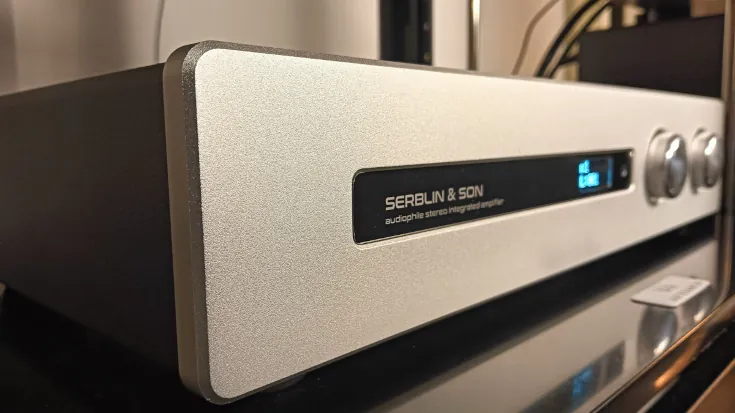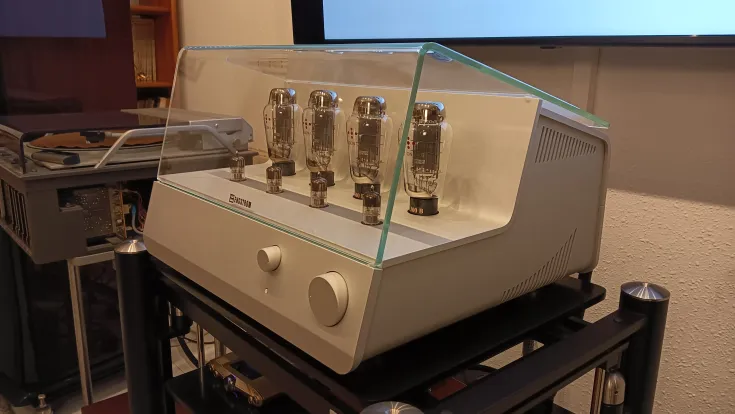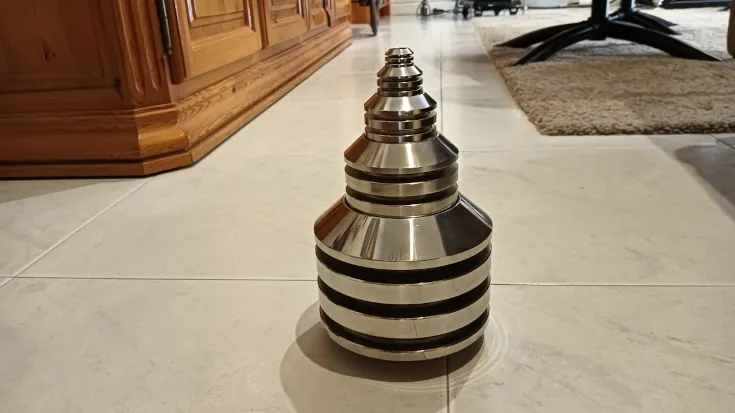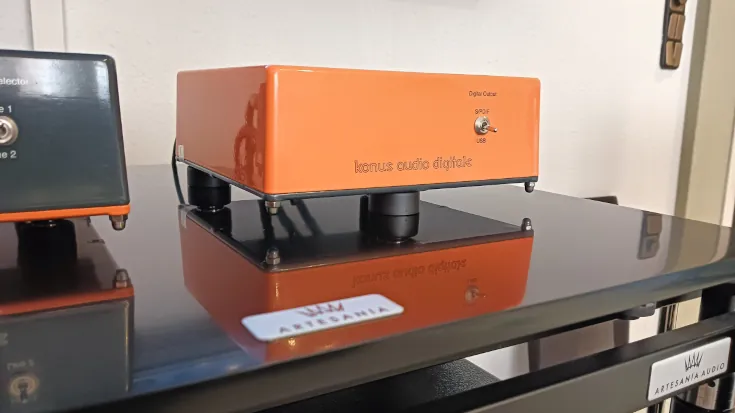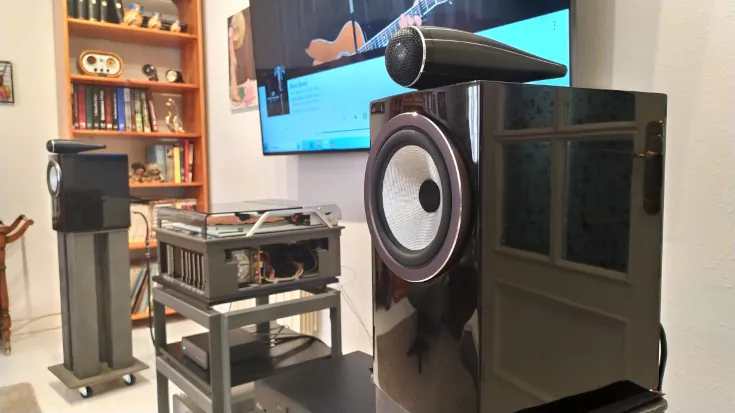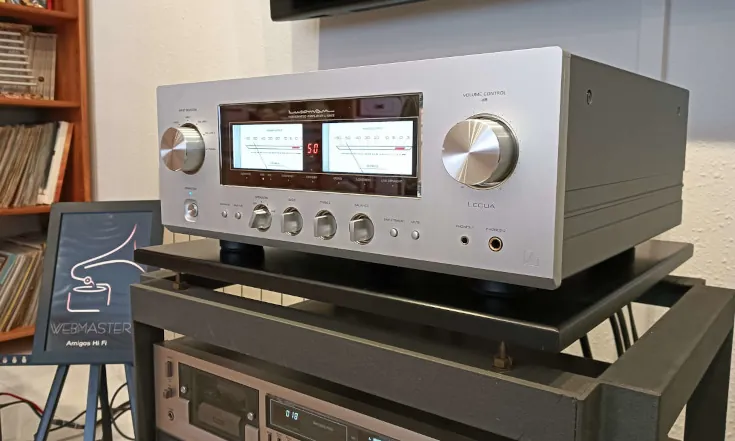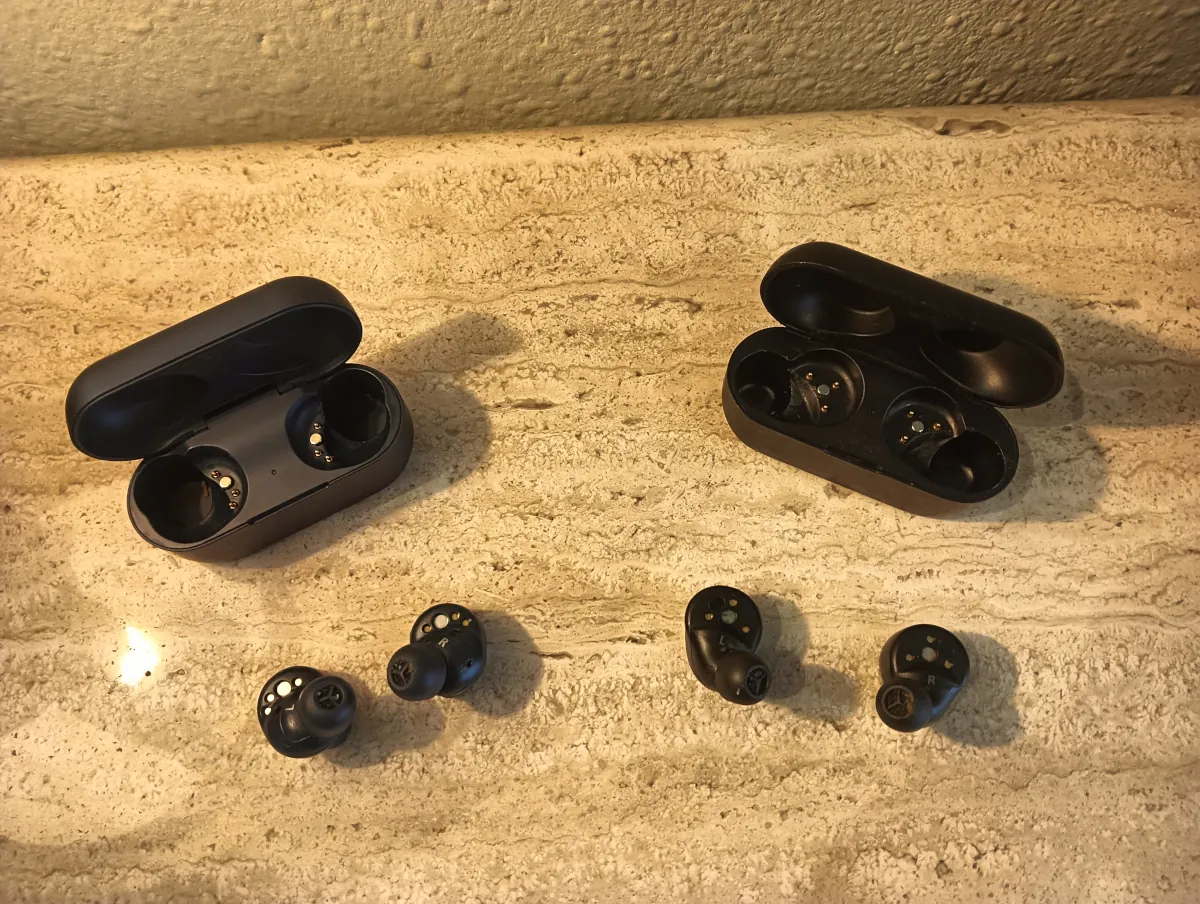
As readers, you probably can't guess what my biggest frustration is as a product reviewer. I'll explain it quickly, and I think most of you will understand. Among those of us who devote our time and effort to talking or writing about the latest products on the market, there is a black spot that we can never mention or talk about. It's not because of censorship or any kind of obligation; we simply don't have that information. And what is this issue? The durability of the component being reviewed.
I am one of those people who demands more time from manufacturers or distributors to have their product available for review; even so, the level of durability testing is minimal. When, after a few months, someone writes that, over time and with use, a device suffers significant or unacceptable wear and tear, I feel bad. I couldn't warn them about that. It's inevitable, on my part, both to give the warning and to feel bad afterwards.

On September 2, 2023, I published this article about Technics AZ60M2. Since then, I have been using these headphones for an average of 4 hours a day (on weekdays). That's more than 2000 hours of use, with a battery life reduction of no more than 5-7%. For me, this is proven durability. And the version reviewed in this article is a variation/update of the same, using the same external structure. In other words, they are visually identical at first glance.
Technics EAH-AZ60M2 vs EAH-AZ80-A
They are the same until you put them side by side. At that exact moment, you realize that they are not identical. The size of the headphone case, which also serves as the battery charger, has changed. It is larger in this model. The position of the charging pins has changed, and the shape of the headphones is slightly different, but it's subtle.


I'll skip the technical specifications again, which you can easily find on the manufacturer's or distributor's website. Let's get to the things that really matter.
Technics EAH-AZ80-A. Real-world everyday use
With Bluetooth enabled on your cell phone and the Technics Audio Connect app installed, all you have to do is take the headphones out of their case for them to be detected by the system, which will ask if you want to pair them. That's it.
I currently have two models, the AEH-A60M2 and the AEH-AZ80. I can switch between them to test the differences. I don't always have so many advantages when it comes to making my assessments.
The noise cancellation level has evolved significantly from one model to the next, with the latest model being the best. There are two reasons for this: one physiological and the other technological. The physiological reason is due to the new way of inserting and anchoring the hearing aid in our ears. The AZ-60M2 was shaped like a drop of water, and the outer part rested in the ear canal by gravity. In the current model analyzed (there is a more recent model, the AZ-100, which is based on the same principle), part of the hearing aid rests inside the ear, making it more stable and less likely to fall out. It also adds extra control to the internal movement within the ear, making noise cancellation more effective.

Technologically speaking, this model features the most refined work available, allowing you to adjust the noise cancellation to each person's needs in their actual listening environment. Not only that, but thanks to its easy-to-use app, modifying the settings to suit each moment takes just seconds, no more.
Another real-life example. When I attend a trade show or event, I can't completely disconnect from my phone. There are people there who want to get in touch with me to meet up. At the same time, I'm talking to other people at that very moment. That's why the option of being able to wear just one earbud while the other is in its case charging not only ensures that I'm available all day, but also allows me to make the most of my time. In this scenario, where there is a lot of ambient noise, I set the noise cancellation quite high, which allows me to talk on the phone when I need to in comfort, while at the same time being able to interact with the people in front of me without having to take out the earbud. It's great.
For those who have not experienced noise cancellation, monotonous and repetitive noises, such as buzzing, fans, air conditioners, engines, etc., practically disappear. Those that are punctual and intense are reduced, although still present. The human voice remains clear, allowing you to understand the message being conveyed if you are familiar with the language. The slight loss of nuance means that if you are not a native speaker or very familiar with the language, you may find it more difficult to understand; in such cases, I recommend turning off noise cancellation.
The battery life is specified by the manufacturer (with an asterisk and in optimal conditions) as 7 hours. In a very noisy environment, you will get about 5 hours of use. In a quiet environment, you will get around 6 hours and a little more. Using the single earbud technique and with a full charging case, you can stay connected to your phone for a whole day, in the worst case scenario. Not bad at all.
Technics Audio Connect
I've already told you a little about the mobile app for managing these headphones. Now I'll go into a little more detail. First, we find the list of available devices, in my case, EAH-AZ60M2 and EAH-AZ80. You can only see this list if none are connected.
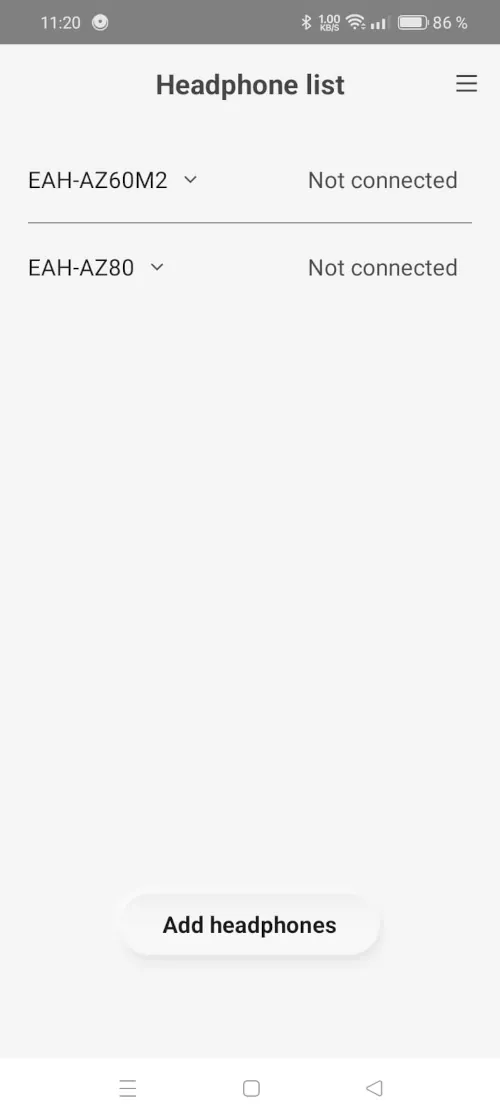
Once we connect one of them, that is, we take it out of the case, this other screen automatically appears.
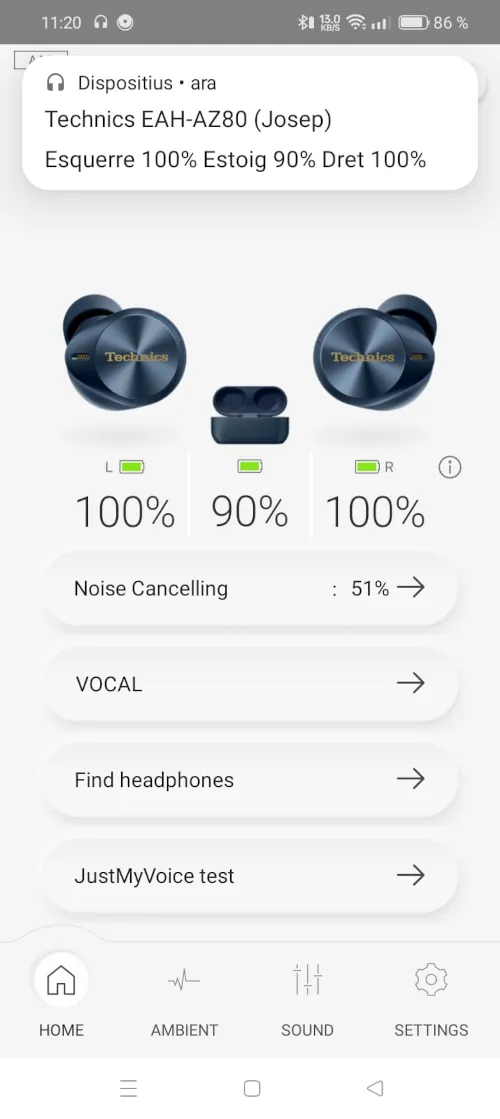
As the component is so visual, I wanted to keep my original version of the phone to show how unnecessary it is to have to read to understand all the data.
This is the main screen, where we have the most important data such as the charge level of the headphones and the case, the noise cancellation level, the currently selected equalizer filter, the location of the headphones, and fine adjustments for video conferencing or phone calls in typical environments.
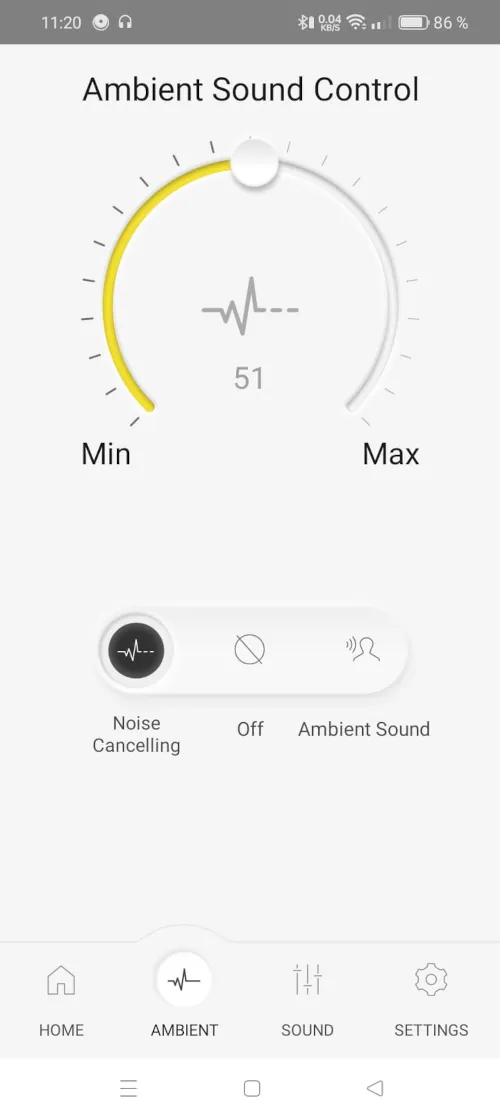
With the noise cancellation feature, we can choose between three options. One is to do it manually and keep it on all the time. I've found this very useful in environments with variable noise, where it's better to find the right balance than to let the program go a little crazy trying to adjust all the time. The feeling is a bit strange in these cases. Another is to eliminate sound cancellation electronically, leaving only the isolation you get with the headphones on, which is not insignificant, it must be said. And the last one is the one the app has chosen at any given moment. Very useful with constant and relatively unchanging noises. For example, buzzing, computer fan noise, etc.
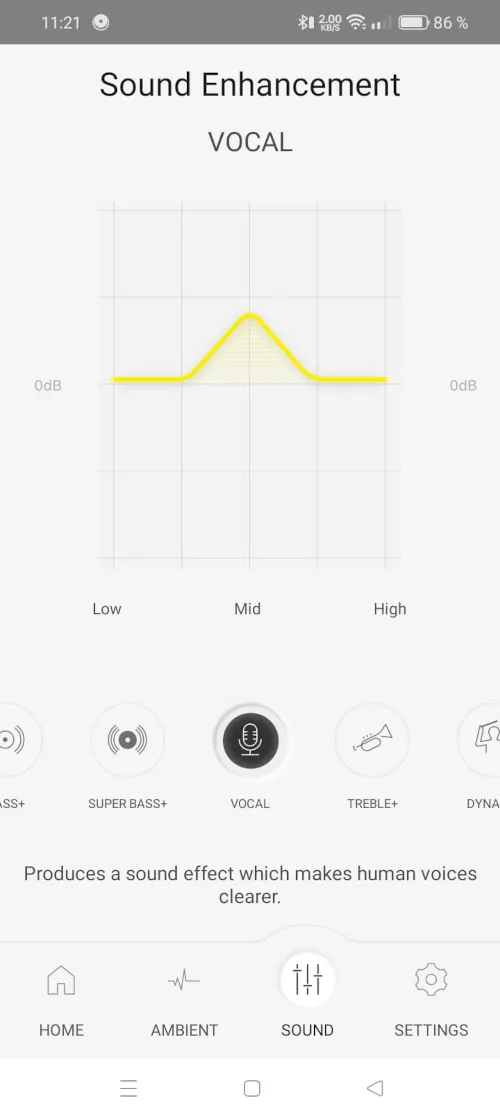
This screen shows standard equalization curves to enhance some of the features we like or need most. In my case, I use Vocal, although you can imagine that this is more related to personal taste or needs than to one mode being superior to another in terms of quality. As you would expect, there is also a Flat mode, called Direct here.

In Settings, you will find the typical program and headphone settings, such as the language used to interact with you, the color of the headphones so you can see them on the personalized home screen, etc.
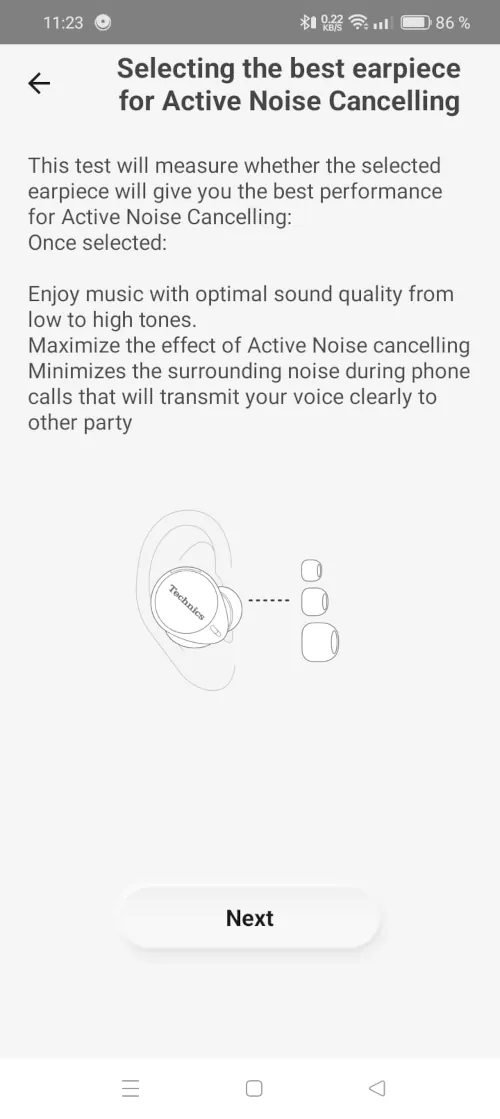
But I'll mention two that are special to me, not because they're new, but because they're useful. The assistant to help you find the most suitable earbuds for your ears, allowing for greater noise cancellation, and the headphone locator. The latter is almost completely accurate, as depending on where I am in my house, it gives the correct address or gets it wrong and gives my neighbor's address. Pay close attention to what I just wrote.
Conclusions
If we do the typical AEH-AZ60M2 vs AEH-AZ80 comparison and want to be very brief, the latter wins. Mainly in terms of noise cancellation, as it is more anatomically accurate and does not require as much processing as the previous version. This anatomical aspect is not insignificant, as it means the earbuds are less likely to fall out accidentally. This makes them more comfortable to wear throughout the day. In the first versions with noise cancellation, this aspect was almost unpleasant. With the previous version, this strange feeling was no longer there, and in this one it has improved significantly.

The equalization is much more noticeable in this model than in the previous one, with the changes between them being more evident. This has to do with the improvement in overall sound quality.
The battery life has been improved, although we are talking about nuances, we cannot consider it a leap forward, but rather an improvement in overall durability, perhaps, and now I am speculating, due to lower component consumption.
| Manufacturer's website | Technics Spain |
| Distributor website | Technics Spain |
| Price | €259.99 RRP |
| Technical Specifications | |
| User manual |
More review
-
Marantz SA-10, the reference

The intelligent manipulation of the digital sound signal is a step forward, not a step back.
-
NuPrime DAC 9X
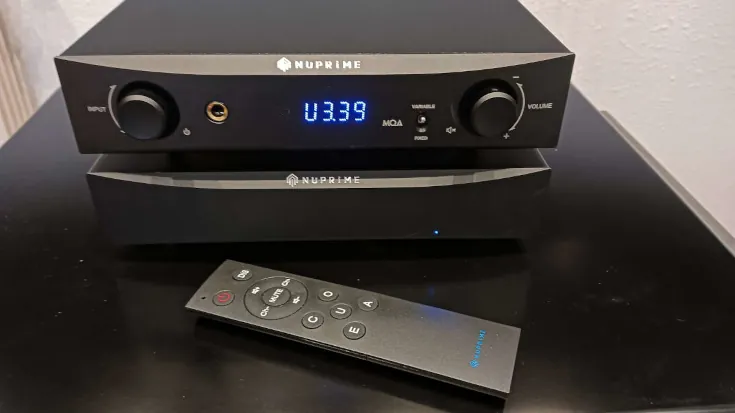
Its sound is somewhat difficult to define because it does not adhere to the usual tropes of the...
-







